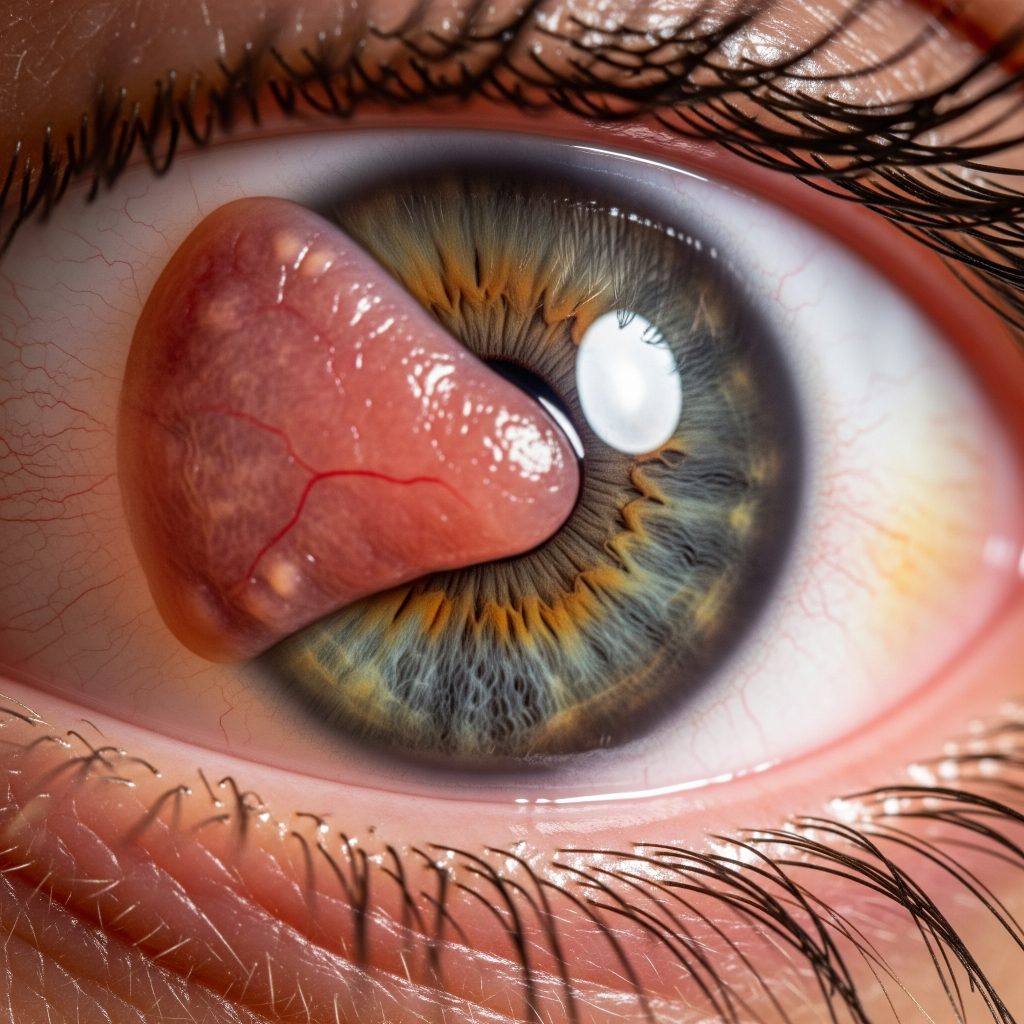
Ultraviolet (UV) light may be invisible, but its impact on your eye health is very real. Both UVA and UVB rays can contribute to serious conditions like cataracts, macular degeneration, pterygium (also known as surfer’s eye), photokeratitis (a painful corneal “sunburn”), and even growths on the eye. Over time, cumulative exposure can accelerate these risks and compromise your vision.
The most effective everyday defense is a pair of high quality sunglasses. Choose glasses labeled “100% UV protection” or UV400 these block nearly all harmful rays, including those bouncing off snow, water, or sand. Wraparound styles offer full coverage to guard against stray rays entering from the sides. Lens tint doesn’t equal protection, so always check the UV rating rather than relying on darkness.
Pair sunglasses with a wide-brimmed hat to shield your eyes, eyelids, and surrounding skin. A hat with a brim of at least three inches can block around 50% of UV rays and reduce direct exposure from above enhancing your overall protection strategy.
Be mindful of environmental factors that amplify UV exposure. Clouds offer no reliable protection up to 80% of UV rays can penetrate overcast skies. Reflective surfaces like water, snow, and sand dramatically intensify exposure. In these situations, sunglasses and hats should be considered as essential gear, even during winter or after the sun sets.
Consider UV-protective contact lenses if you wear them but know they don’t replace sunglasses. They may shield some of the eye, but leave surrounding areas vulnerable. A layered approach with lenses plus sunglasses and hats is the best safeguard.
Finally, stay informed and proactive through regular eye exams. Your optometrist can evaluate UV-related eye stress and recommend personalized protection strategies. Be especially vigilant if you’re taking photosensitizing medications, as these can increase your eyes’ vulnerability to sunlight-induced damage.